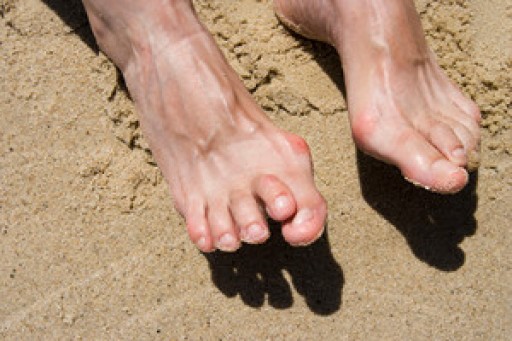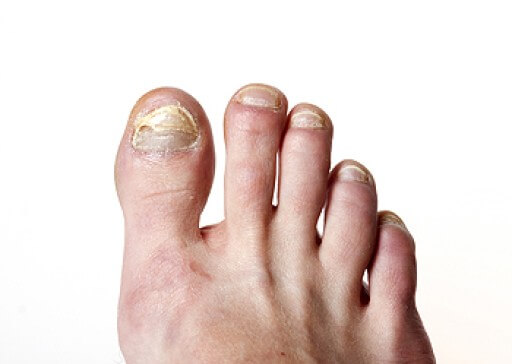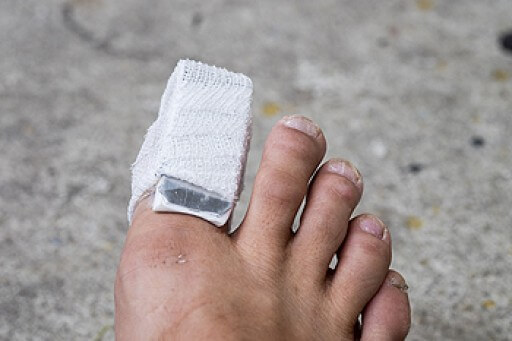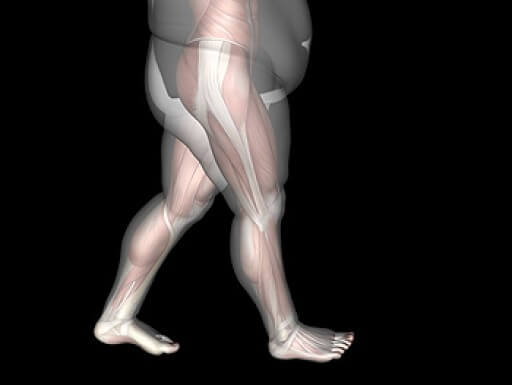 When a hammertoe is observed, it looks like it is bent in an unusual position. It typically affects the second and third toe. The middle joint shifts upward, which forces the toe to bend downward. This condition can happen as a result of genetic factors, wearing shoes that do not have adequate room for the toes to move freely in, or from specific medical conditions. Effective treatment and prevention techniques can include wearing shoes that are large enough to accommodate the hammertoe, and wearing a protective covering over the affected toe. In severe cases, performing surgery may be necessary which can permanently straighten the toes. If you notice signs you may have developed a hammertoe, it is strongly suggested that you are under the care of a podiatrist.
When a hammertoe is observed, it looks like it is bent in an unusual position. It typically affects the second and third toe. The middle joint shifts upward, which forces the toe to bend downward. This condition can happen as a result of genetic factors, wearing shoes that do not have adequate room for the toes to move freely in, or from specific medical conditions. Effective treatment and prevention techniques can include wearing shoes that are large enough to accommodate the hammertoe, and wearing a protective covering over the affected toe. In severe cases, performing surgery may be necessary which can permanently straighten the toes. If you notice signs you may have developed a hammertoe, it is strongly suggested that you are under the care of a podiatrist.
Hammertoes can be a painful condition to live with. For more information, contact the podiatrists of Boston Common Podiatry. Our doctors will answer any of your foot- and ankle-related questions.
Hammertoe
Hammertoe is a foot deformity that occurs due to an imbalance in the muscles, tendons, or ligaments that normally hold the toe straight. It can be caused by the type of shoes you wear, your foot structure, trauma, and certain disease processes.
Symptoms
- Painful and/or difficult toe movement
- Swelling
- Joint stiffness
- Calluses/Corns
- Physical deformity
Risk Factors
- Age – The risk of hammertoe increases with age
- Sex – Women are more likely to have hammertoe compared to men
- Toe Length – You are more likely to develop hammertoe if your second toe is longer than your big toe
- Certain Diseases – Arthritis and diabetes may make you more likely to develop hammertoe
Treatment
If you have hammertoe, you should change into a more comfortable shoe that provides enough room for your toes. Exercises such as picking up marbles may strengthen and stretch your toe muscles. Nevertheless, it is important to seek assistance from a podiatrist in order to determine the severity of your hammertoe and see which treatment option will work best for you.
If you have any questions, please feel free to contact our office located in Boston, MA . We offer the newest diagnostic and treatment technologies for all your foot care needs.















